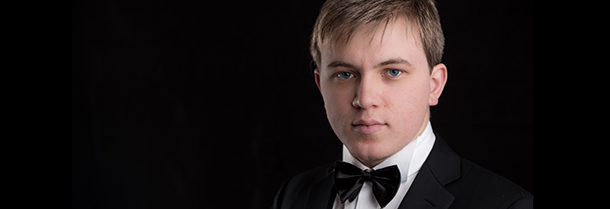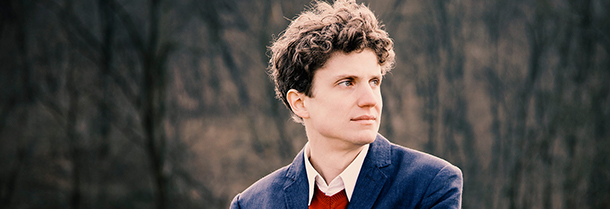Tag: Bela Bartok
-

PROGRAM NOTES: FILIPPO GORINI
Ludwig van Beethoven Sonata A flat major Op. 110 Beethoven’s penultimate piano sonata is remarkable for the utter simplicity of its musical ideas and the directness with which they are expressed. The most obvious late-period features of this work are an extremely wide keyboard range and a melding of slow movement and finale into a…
-

PROGRAM NOTES: ZOLTÁN FEJÉRVÁRI
Robert Schumann Waldszenen Op. 82 It is not by chance that Carl Maria von Weber’s opera Der Freischütz, the founding work of German musical Romanticism, is set in a forest. Nor is it a coincidence that German Romantic poets from Ludwig Tieck to Joseph von Eichendorff and Heinrich Heine extolled the deep spiritual joys of…
-

PROGRAM NOTES: CAROLINE GOULDING & WENWEN DU
Johann Sebastian Bach Sonata in A major, BWV 1015 Before taking up his post as Cantor of the Thomaskirche in Leipzig in 1723, Bach served as Kapellmeister to Prince Leopold of Anhalt-Köthen (1694-1728). The young Prince was of the Calvinist persuasion, and thus had little need for church music, but he was also an avid…
-

PROGRAM NOTES: THE VERTAVO STRING QUARTET & PAUL LEWIS
Wolfgang Amadeus Mozart Piano Concerto No. 12 in A major K. 414 Mozart’s twelfth piano concerto was one of three composed in 1782 for sale to the Viennese public by advance subscription, the 18th-century equivalent of ‘crowd-sourcing’. A major selling point of these ‘subscription’ concertos (K. 413, 414 & 415) was that they were composed…

